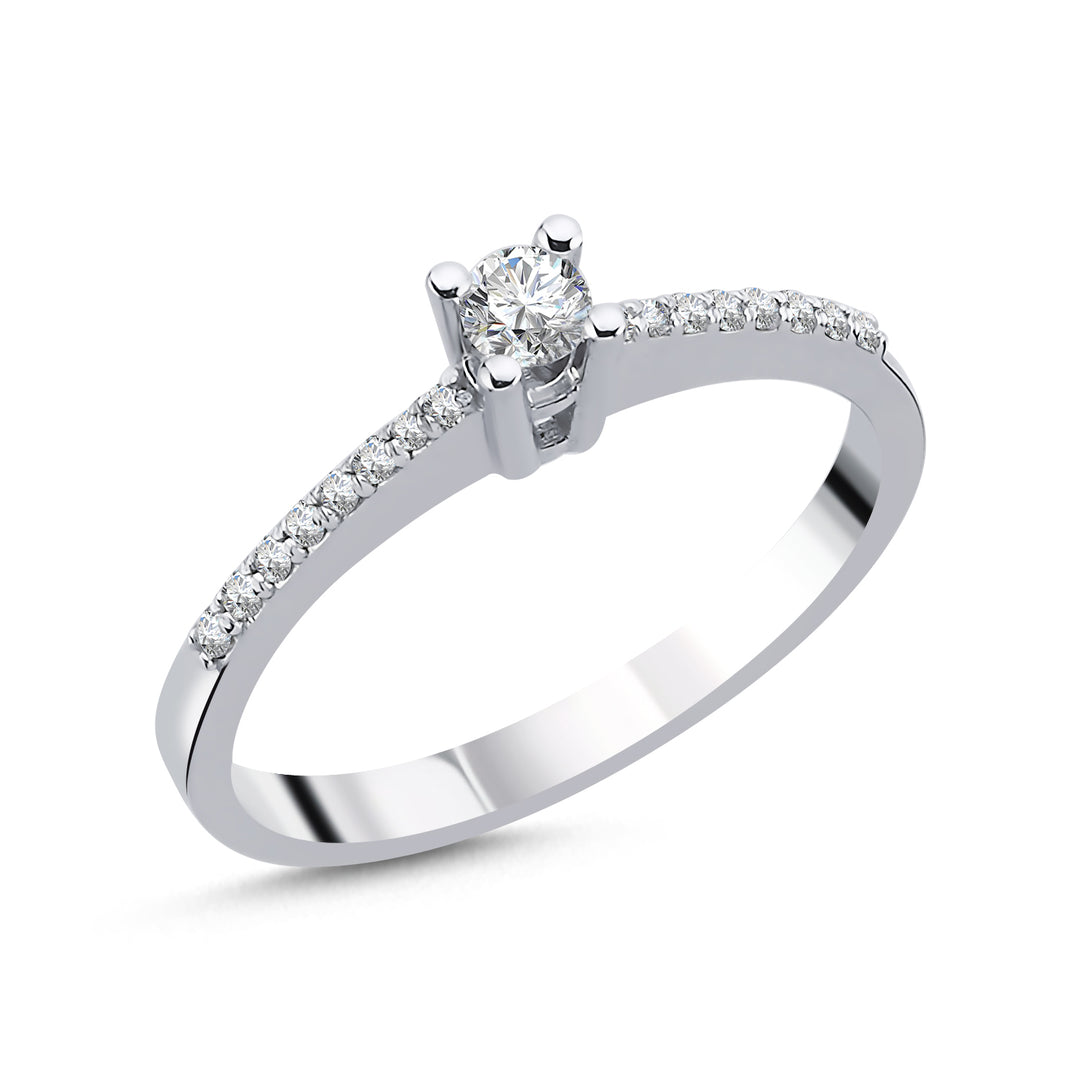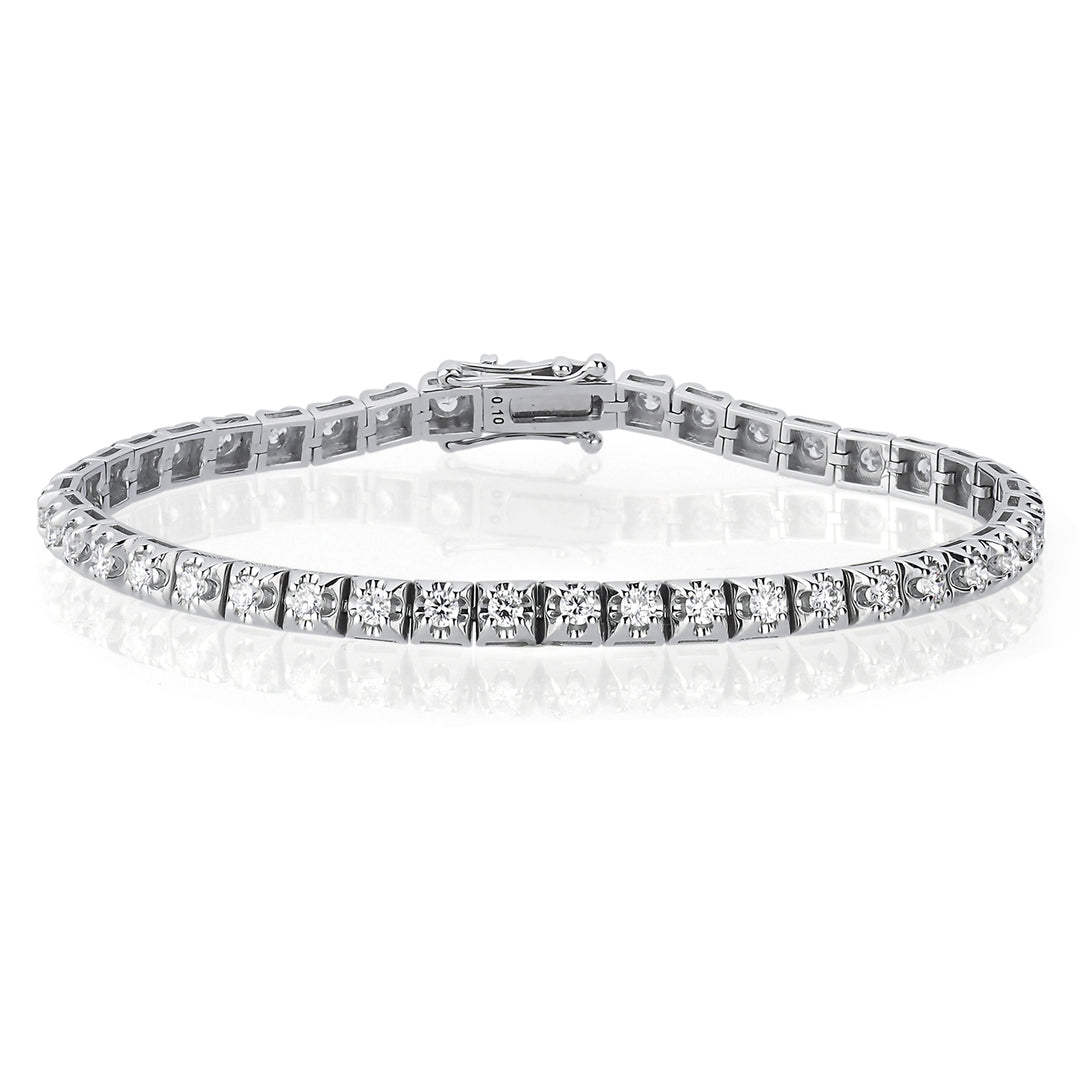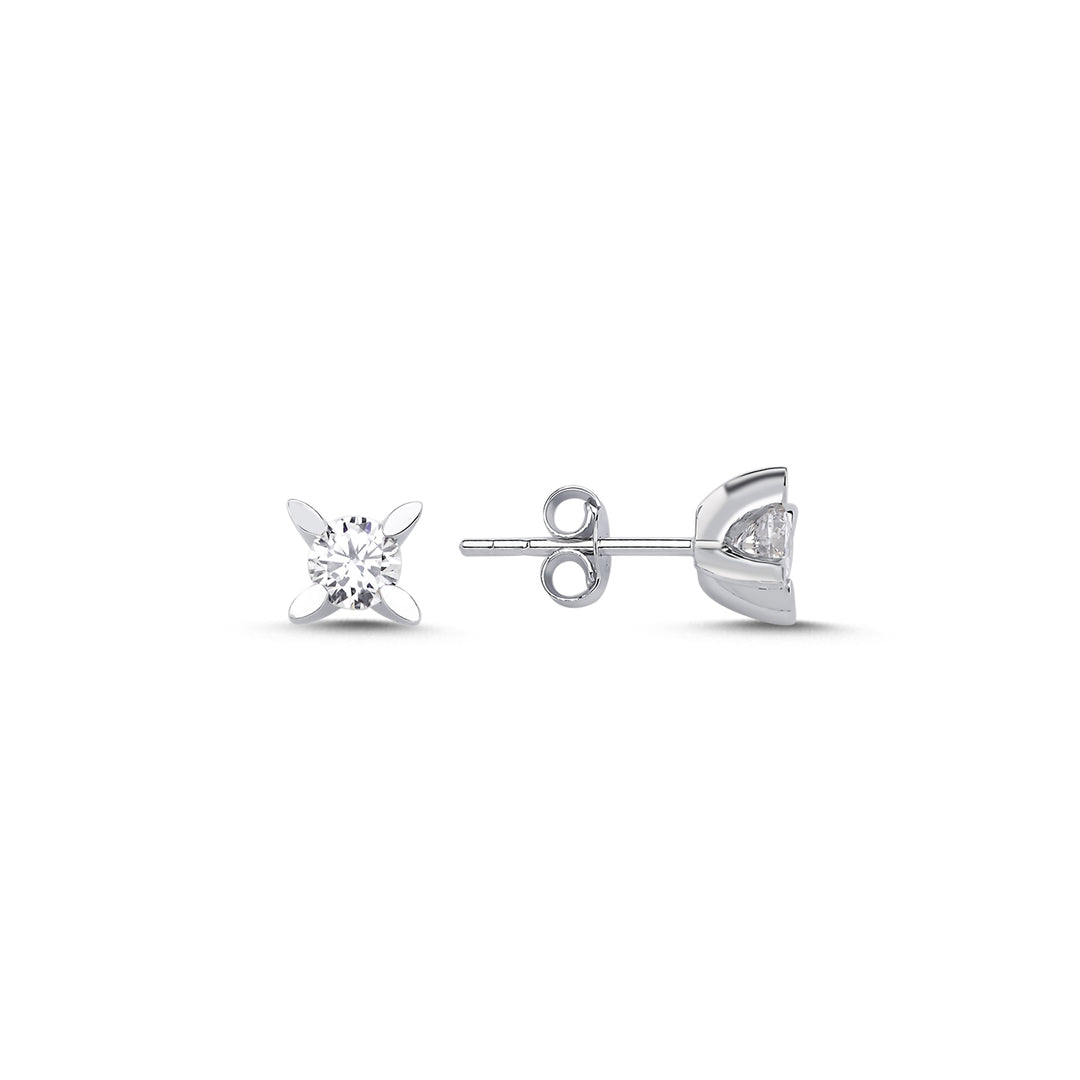6 Reasons to Buy Lab-grown Diamonds
The use of diamonds in jewelry has long been a symbol of love and commitment. Because a diamond is the hardest mineral, it represents eternity and the immortality of your love.
But here’s the question: do you really want a diamond that may have been mined under questionable conditions, sometimes fueling regional conflicts, to symbolize your relationship?
With the discovery that diamonds can be grown in a laboratory, a new alternative has emerged for individuals looking for a more ethical and sustainable option without straining their budgets. In this blog post, we’ll explore why lab-grown diamonds are becoming more popular and why you should consider them for your next jewelry purchase.
1. IDENTICAL to Mined Diamonds
Lab-grown diamonds have the same physical, optical, and chemical properties as mined diamonds. Both have the same hardness and brilliance and are available in the same color and clarity ranges. As GIA research scientist Dr. Sally Magaña explains, lab-grown diamonds are not simulants like cubic zirconia or moissanite.
However, lab-grown diamonds have an additional advantage: since they are created under controlled conditions, they can often be clearer and have fewer inclusions compared to mined diamonds. Because they share the exact same physical, optical, and chemical properties, you cannot tell the difference between a mined diamond and a lab-grown diamond with the naked eye. Only expert gemologists and authorized grading laboratories can tell them apart using specialized equipment and testing tools. Most jewelers do not have the tools to identify a lab-grown diamond, and the diamond testers commonly used in the industry cannot detect the difference either.
2. Same Product, Two Different Prices
Because lab-grown diamonds are not controlled by mining companies, middlemen, and large corporations, they are a much more affordable option. They are about 30–40% less expensive than mined diamonds of the same size and quality. For the price of a 1-carat mined diamond, you can often buy a 2-carat lab-grown diamond.
3. Created Much Faster
Lab-grown diamonds are produced under controlled laboratory conditions in a more efficient, scalable, and faster process. Mined diamonds, on the other hand, form over extremely long periods of time under complex geological conditions that cannot be controlled. This makes their quality harder to track and contributes to their higher price.
Sidney Neuhaus, co-founder of Kimaï, shared that the diamond used in Meghan Markle’s ring took only five days to grow.
4. Environmentally Friendly
Lab-grown diamonds are considered a more eco-friendly and ethical alternative compared to mined diamonds. It’s undeniable that diamond mining causes serious environmental destruction, as it involves open-pit mining and disturbing large areas of land.
Additionally, in some regions—especially in Africa—diamond mines are often contested by different groups, and the resulting conflict leads to what is known as “blood diamonds.”
Mining has significant negative impacts, including greenhouse gas emissions and damage to local ecosystems. Maintaining these large mining sites also comes with high costs, further challenging efforts to make the world a more livable place. Let’s break down the impacts briefly:
- Mining directly harms the Earth’s crust.
- To extract these valuable minerals, mining companies move about 250 tons of earth for every carat of diamond produced.
- This process requires significant fossil fuel energy, releasing carbon and other greenhouse gases into the atmosphere.
- On average, 160 kilograms of greenhouse gases are emitted for every polished 1-carat mined diamond.
- Diamond mining disrupts ecosystems, pollutes local water sources, and contaminates soil.
For example, in Zimbabwe, cattle died after drinking from the Odzi River downstream from a diamond processing facility. Similar events occur in other mining regions with limited water sources, forcing local communities, livestock, and wildlife to consume contaminated water.
5. More Ethical and Socially Responsible
Lab-grown diamonds are generally considered more ethical because mined diamonds are often associated with child labor and the funding of armed conflicts through what are known as “conflict diamonds” or “blood diamonds.”
This is why, in 2003, the United States passed the Clean Diamond Trade Act to ban the sale of conflict diamonds. Many countries also collaborated under the Kimberley Process to prevent the trade of such diamonds.
Despite these safety measures, mined diamonds can still be linked to unethical practices, which may conflict with the values behind a socially responsible engagement ring purchase.
Lab-grown diamonds, in contrast, are created under controlled conditions by skilled scientists and engineers who work in fair and safe environments, eliminating these ethical concerns.
There are two main methods used to create lab-grown diamonds: Chemical Vapor Deposition (CVD) and High Pressure High Temperature (HPHT). These processes allow diamonds to be grown without harmful practices or worker exploitation.
6. Certified the Same Way
Both lab-grown and mined diamonds are graded using the same “4Cs”—cut, color, clarity, and carat weight. This means that the quality grading standards recorded by the Gemological Institute of America (GIA) apply equally to lab-grown diamonds, and one is not inherently better than the other.
Lab-grown diamonds are becoming increasingly popular thanks to their aesthetic beauty, lower price, quick production, eco-friendliness, and ethical sourcing. For your next jewelry purchase, consider this modern, sustainable option and find the perfect piece that reflects both your love and your values.















